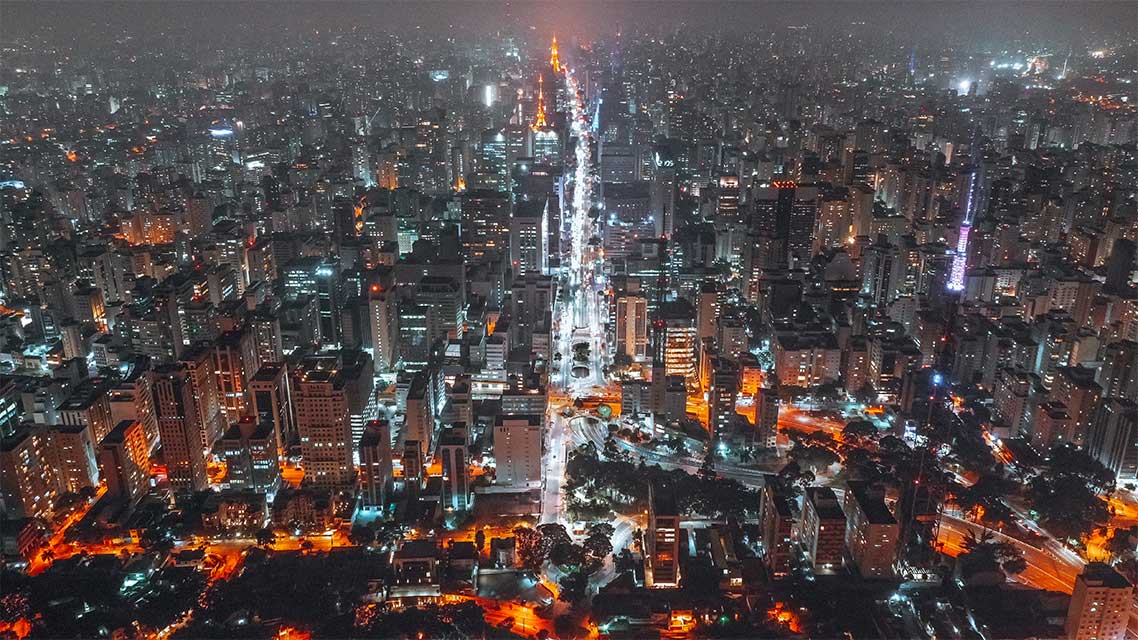
COVID -19 will change the ways of our lives. It has been the disruption of epic proportion that has changed our perception of personal and social safety. The office space will be no different in this respect, where the employee and the employer will have to synergise to create a better, safer and healthier environment. The World Health Organisation (WHO) advises that all employers need to consider means to decrease the spread of COVID-19 and to lower the impact of this pandemic in their workplaces as they begin re-population. Whilst we await relaxation of controls and guidance from the government, organisations are busy creating Business Continuity Plan with Protocols for re-occupancy. The foremost attribute of new BCP will be to build trust and confidence with staff to ensure that they feel safe to return.
The new workplace will need two categories of change. Firstly, Environmental changes that includes increased airflow, changing HVAC filters, enhanced cleaning and sanitisation regimes etc. Secondly, Behavioural changes which will require the workforce to do things differently, such as strict clear desk policies, social distancing, etc. While the Environmental changes are easier and straightforward, behavioural changes will take time to develop and will need training and, most importantly, communication as this involves altering human nature developed over centuries.
It’s also important that we understand the change in the areas where it will have the least control over. And from the landlord point of view, how they plan to respond as tenants begin to return their workforce to the office. Following key aspects and best practices may be looked into as part of BCP before employees return to work.

Key elements of BCP
|
Building Access

|
Employees- Entry with temperature scanning, data capturing
Visitors –Restricted entry through temperature scanning and declaration. Meeting in the lobby with physical distancing. Preferred for virtual meetings.
Vendors – Approved work permits, temp. scanning, declaration
|
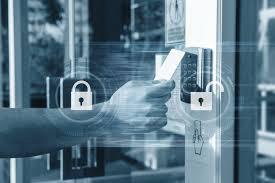
|
|
Common areas/Shared amenities

|
Marking as per social distancing norms in lift lobbies, lift cars, bus bay, ATM etc. Restricted on booking entry in to shared amenities. Touch points cleaning schedules as per zoning. Mechanized Sanitization with periodicity decided as per zoning for all touch points Disinfestation once in a day in all lobbies, plant rooms, staircases etc.
|

|
|
HVAC

|
AHU filters cleaning and sanitization, Reset room temperature @ 27+ or – 1 deg C , humidity @ 40 to 60, IAQ measure and control
|
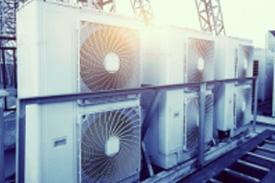
|
|
Cleaning protocols

|
Cleaning staff training on safety protocols and cleaning methods. Providing adequate PPEs like nose masks, hand gloves, sanitizing kit while cleaning
|
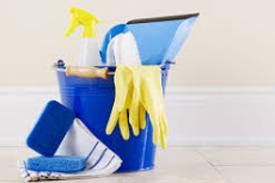
|
|
Risk Overlay

|
- Identify High Risk areas with higher cleaning frequency. Typical High-risk Areas includes lift lobbies, reception/waiting areas, breakout/ cafes, washrooms, shower/ locker rooms, storage areas etc.
- Identify high risk intersections- Circulation paths where staff come within proximity as they move through the office. May look for regulated movement plan to avoid proximity
- Identify Medium Risk Areas, where people meet more on a scheduled basis such as meeting rooms, storage spaces
- High touch devices and spaces to be identified and have sanitizing schedule in place
- Lower risk areas like – work stations, offices, individual spaces that are occupied by one person during the day or shift. Schedule of sanitizing shall be in place with prescribed frequency, preferably 3 times in a day or shift. Otherwise, its advisable to ask employees to have their desk cleaned with the cleaning kit provided to them.
- Better review the cleaning requirements and protocols periodically for improving the effectiveness. Communicate new protocols and regimes
|

|
|
Capacity Overlay

|
- Ascertain the group of people shall continue to work from home and group of people shall report in to office. Rotate the groups
- Enclosed spaces can potentially be used as individual work places
- 2 mts distance norm shall be ensured in open spaces or work stations. Eg. Employees shall be allowed to sit in alternate work station as entire interior fitout re-arrangement would be costly affair.
- Open collaborative spaces counted as single occupancy unless they can accommodate 2 mtr separation
- Determine the maximum capacity of larger meeting rooms maintaining the 2 mtr separation
- In cafeteria , 2 mtr separation between tables with single seater shall be ensured . Use tape on floors to identify queues with 2 mtr separation marking for the coffee/ microwaves/water points
- Have a occupancy strategy matching capacity and demand
- Have sanitization schedules with standard frequency for entire office spaces
|
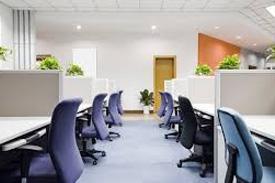
|
|
Task force

|
- Dedicated Helpdesk
- Task force call tree
- Trainings and mock drills
- Emergency response plan
|

|
|
Waste management

|
Treat COVID19 PPEs waste as Bio medical waste and have separate bins with cover
|

|
Recovery - Protocols
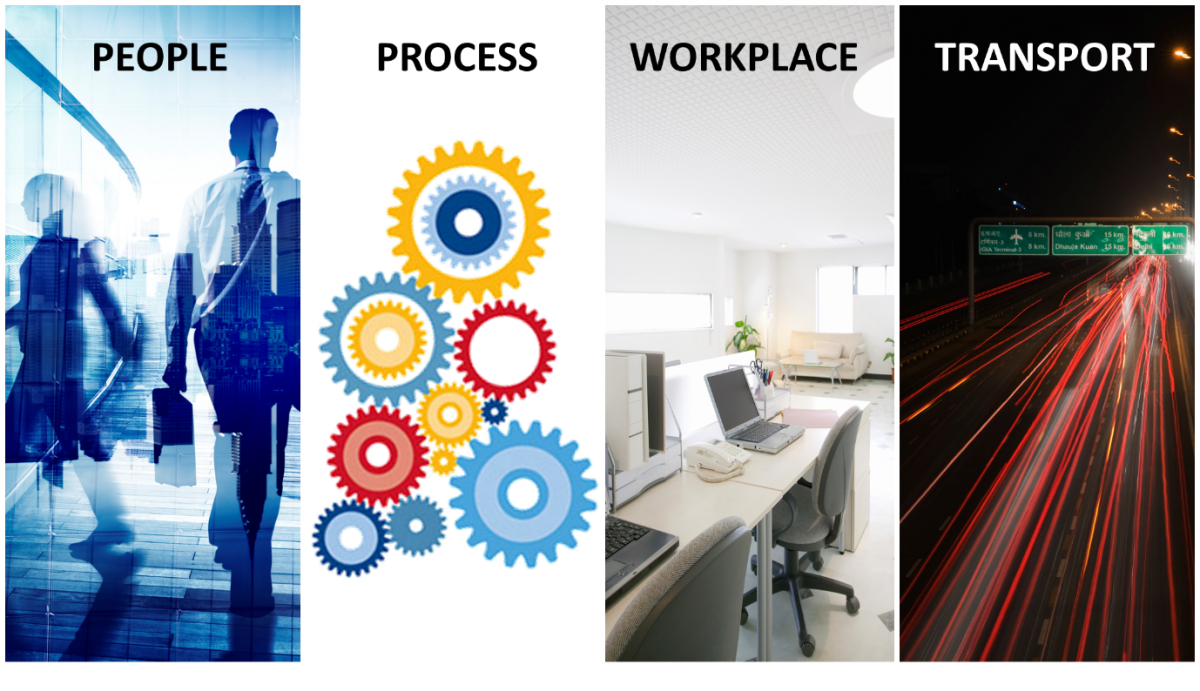
|
People
 |
- Prior to opening the offices, it is important to identify list of Critical staff for Property Management services and ascertain their health conditions.
- Make sure the required uniforms, PPEs are provided and maintain adequate stock
- Provide regular training to the team on the activities post lockdown preparedness and to follow regular workplace hygiene practices
|
|
Process
 |
- Site specific operations resumption check list is to be ready
- Ramp up plan for employees to report in phased or shift manner till government revokes full restriction
- Ensure safe and secured entry process for employees. Restrict visitors till COVID chain is broken
- Process of employee temperature screening to be continued, especially the use of Thermal Cameras for touch-less measurement of temperature is recommende
- Ensure required inventory for critical spares and consumables
- Display posters on DO’s and DON’Ts at all visible places and circulate the same through electronic medium as well.
|
|
Workplace
 |
- Deep cleaning and sanitization of complete offices before reopening.
- Check all workstations for power & data connectivity.
- Maintain social distancing (2mts)- workplaces, meeting rooms and cafeterias.
- Compulsory usage of PPE including face masks and gloves. Separate dust bins with covers for disposal
- Encourage employees to use staircases instead of lifts. Restrict @ 50% of lift capacity.
- Avoid employee engagement, social events and employee’s movement in-groups specially in the common areas. No tuck shops and smoking zones.
- Task force team to monitor the employees’ behavioural aspects and educate through various training sessions.
- Emergency response procedures, continual awareness programs and training sessions to be run virtually.
- Large IT parks should think of having an ambulance for emergency and provide an Isolation rooms for short time holding of suspects. Medical Facilities including paramedic staff to be kept available on call basis when needed.
|
|
Transportation
 |
- Option of asking employees to come by their own transportation is recommended case by case, to avoid risk of exposure.
- Sanitization of cabs in the beginning of every trip and ensure availability of Hand sanitizer.
- Restrict to 40-50% of loading.
- Impose compulsory wearing of nose masks and gloves while travel.
- Ensure Drivers hygiene and PPEs with vigorous training on Do’s and Don’ts
- Check Drivers temperature before getting into work
|








